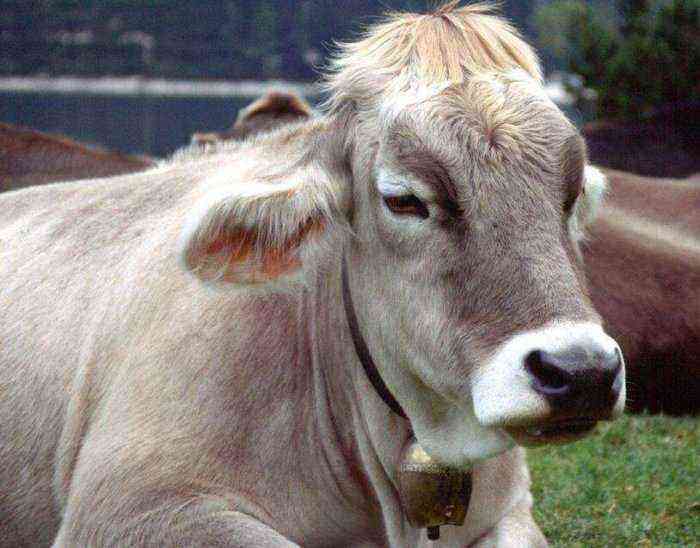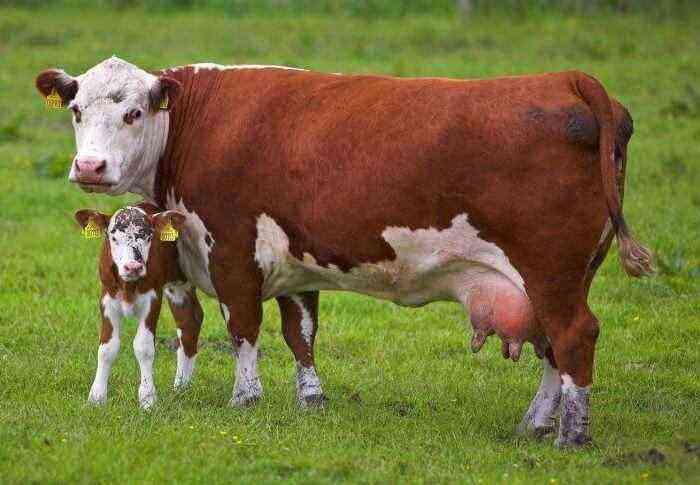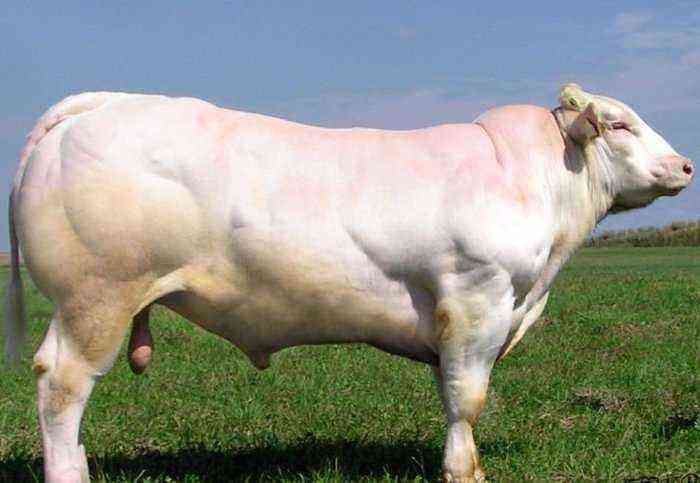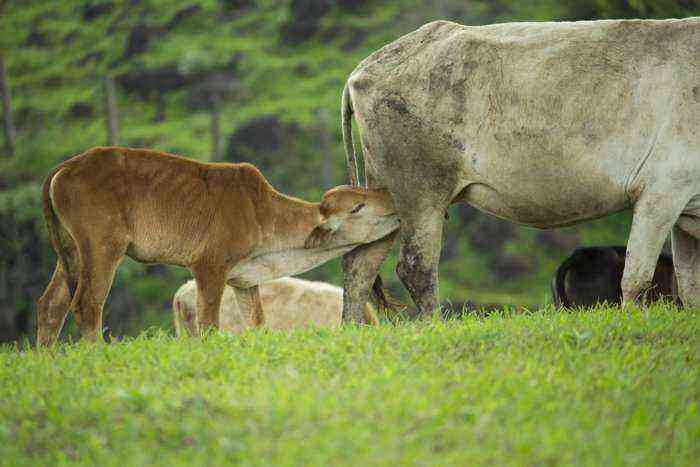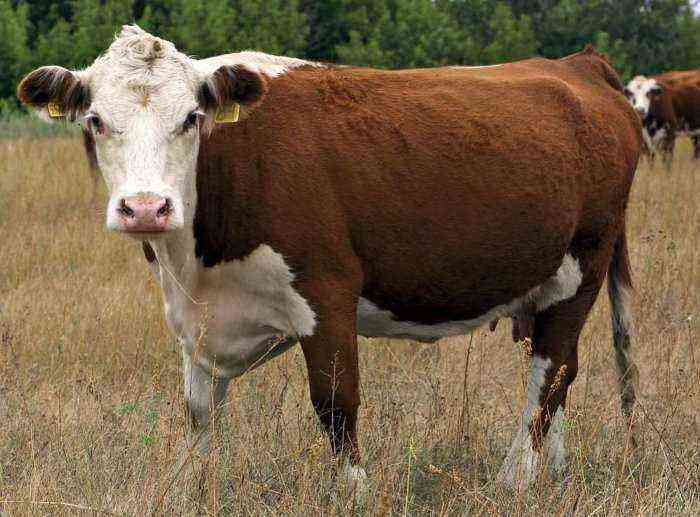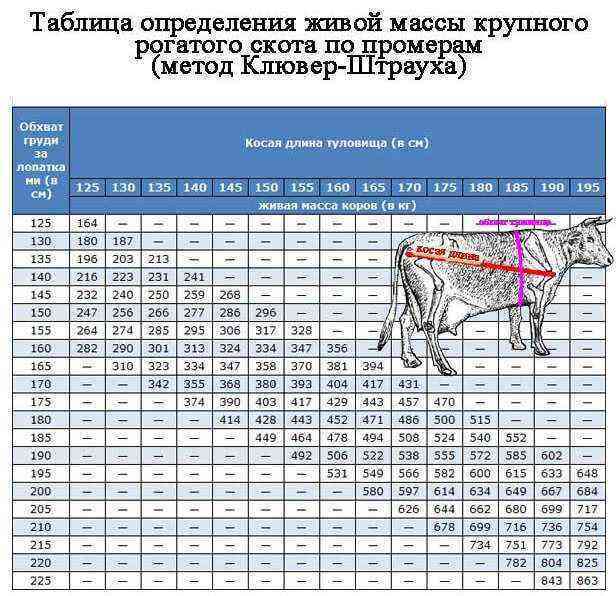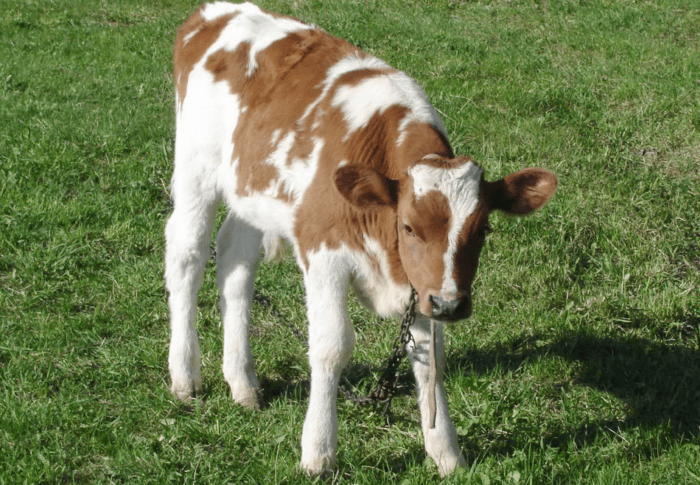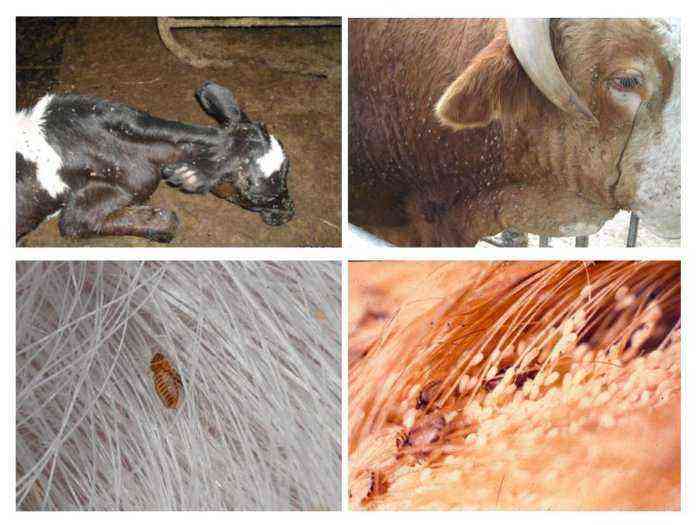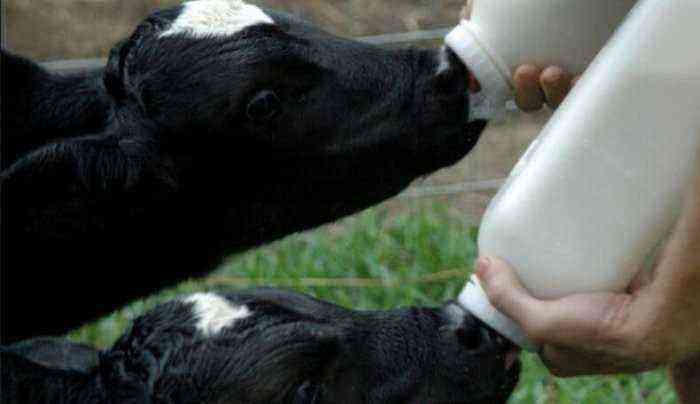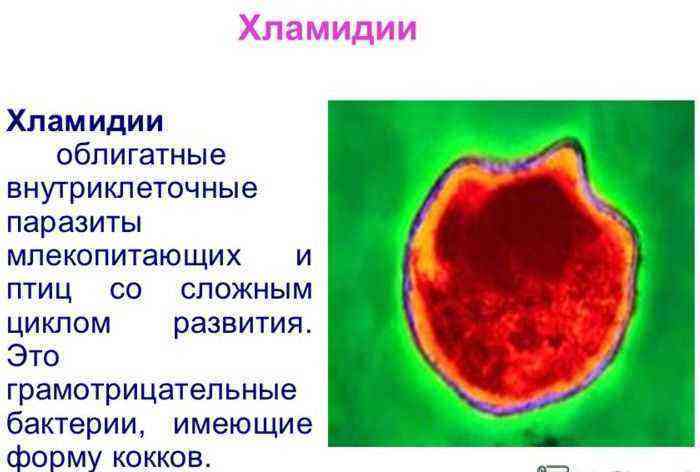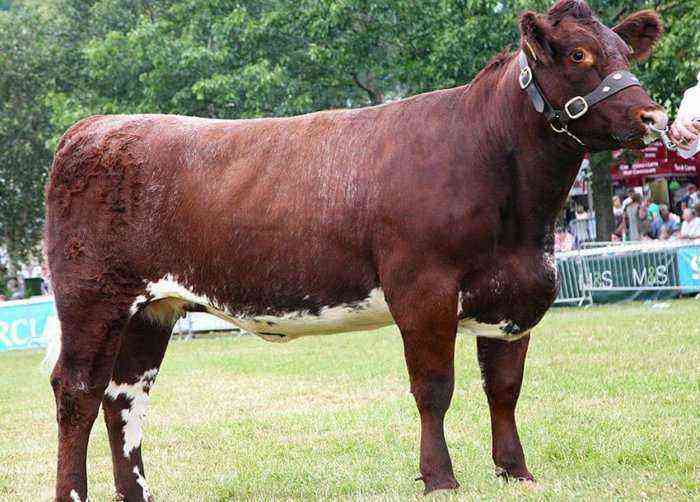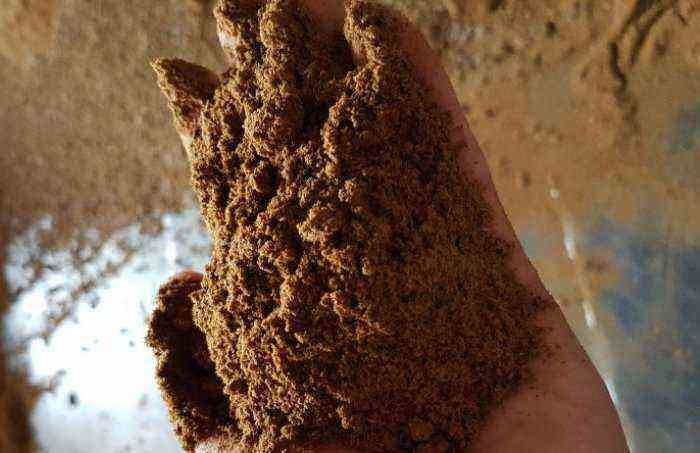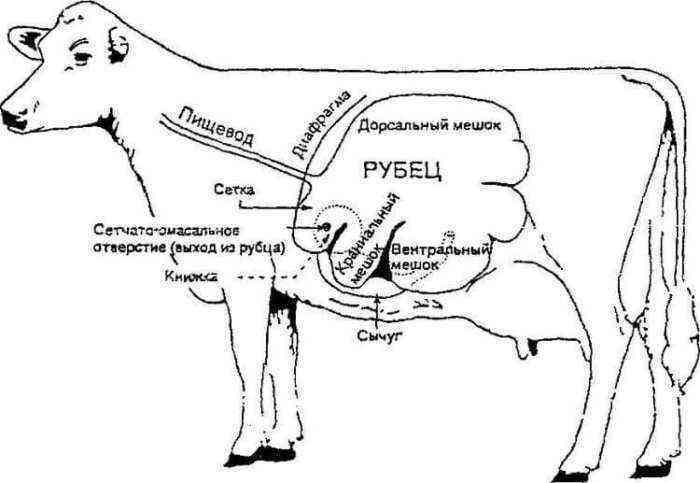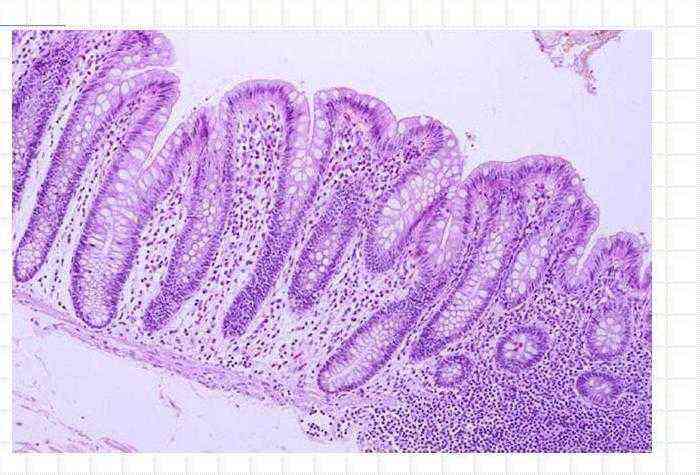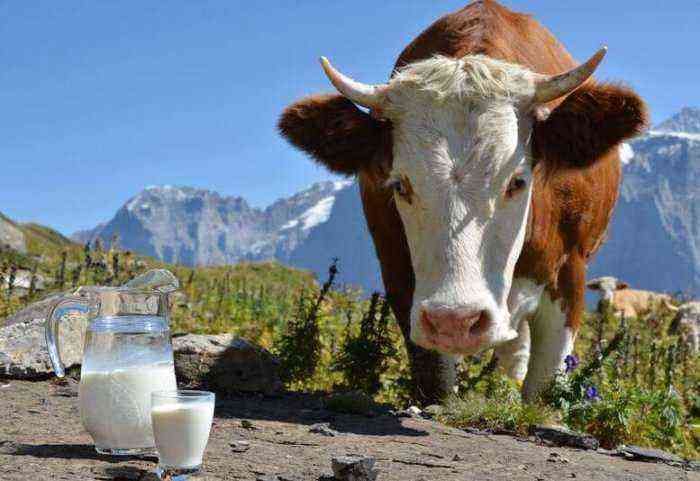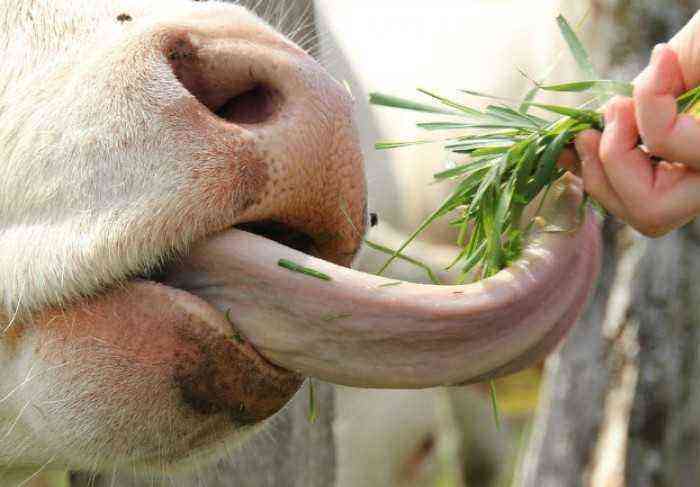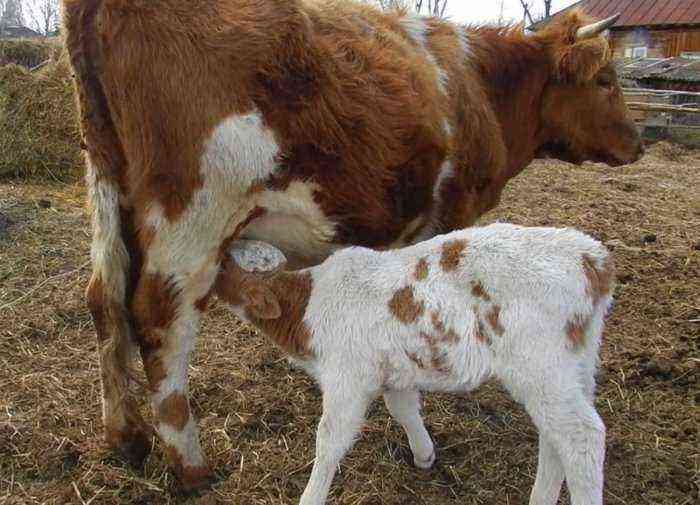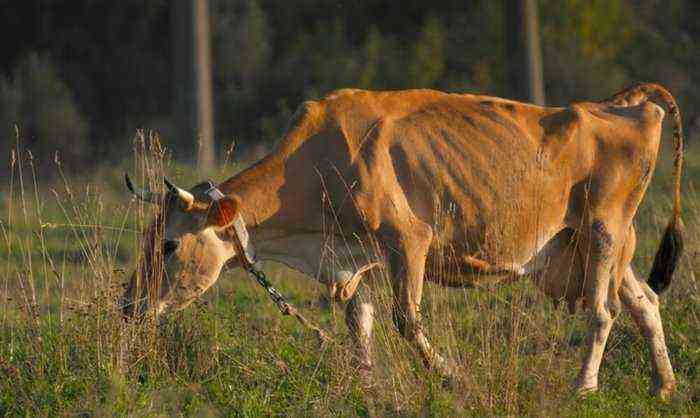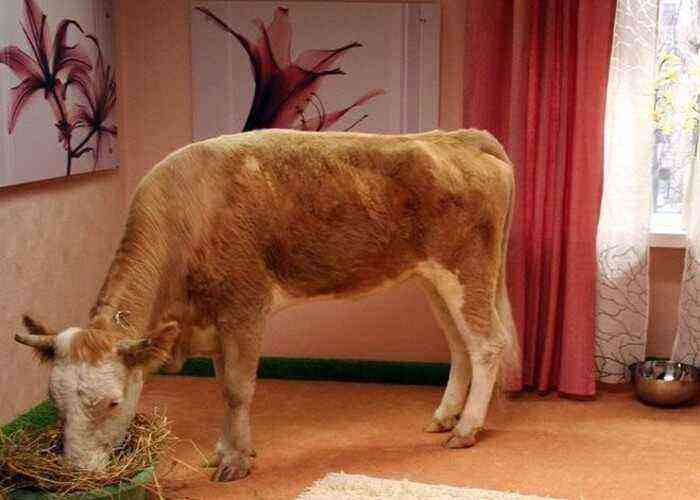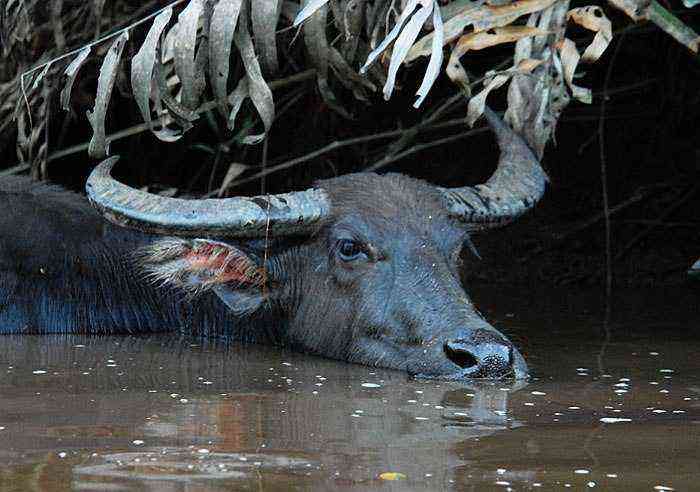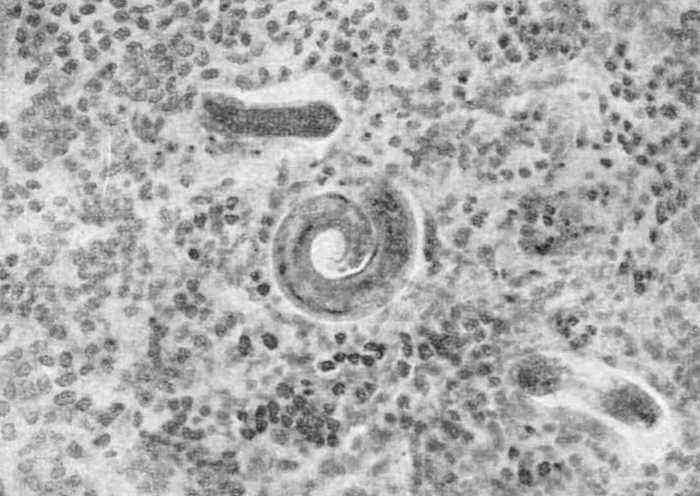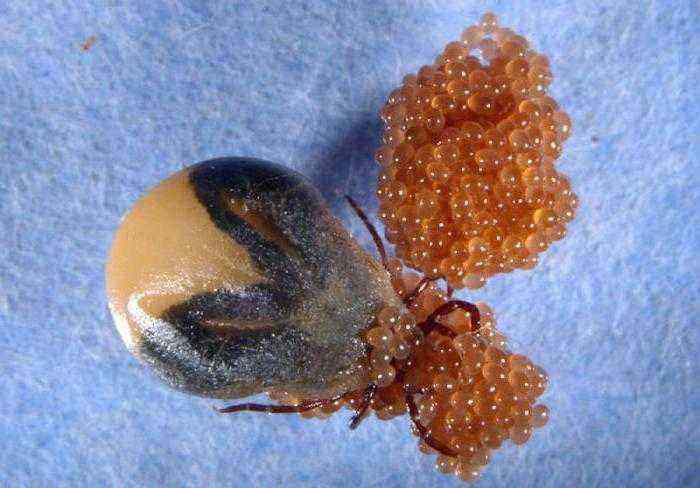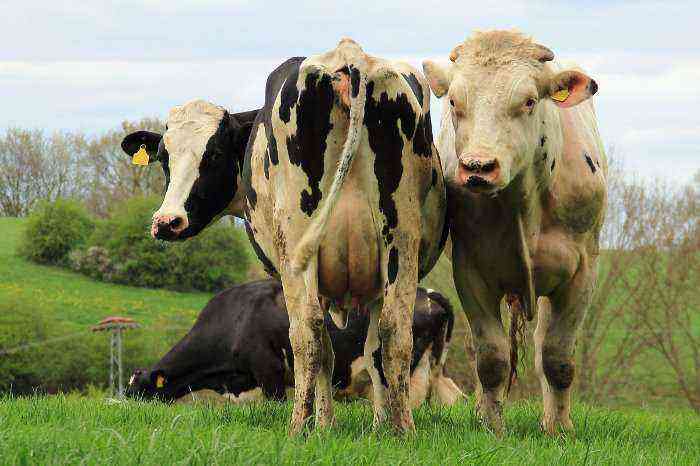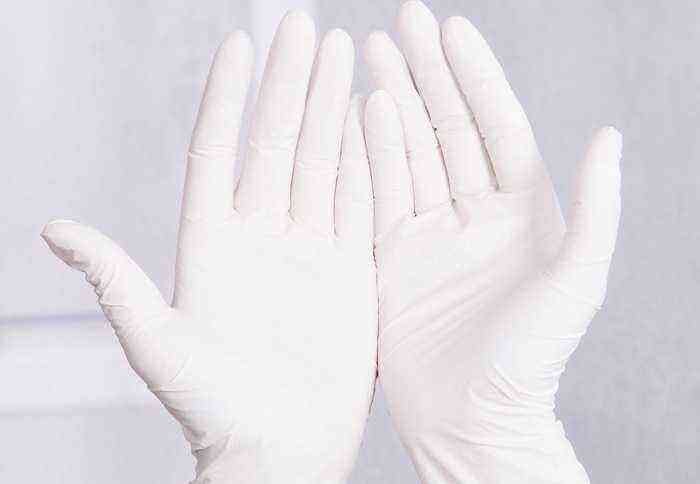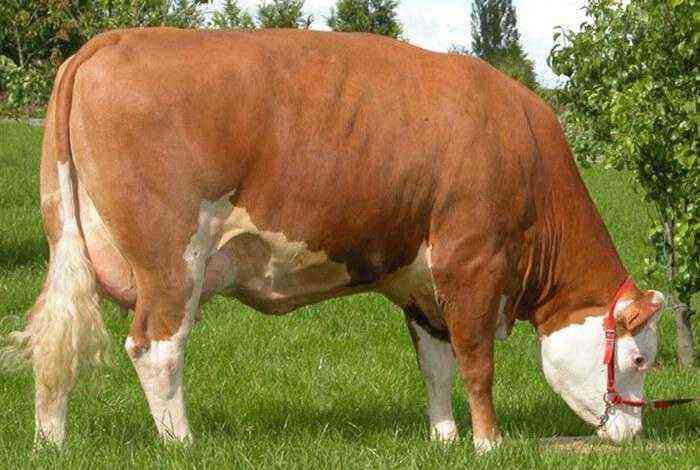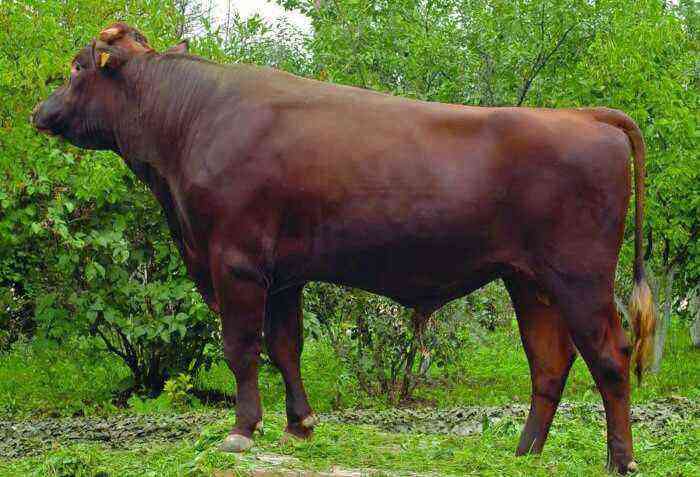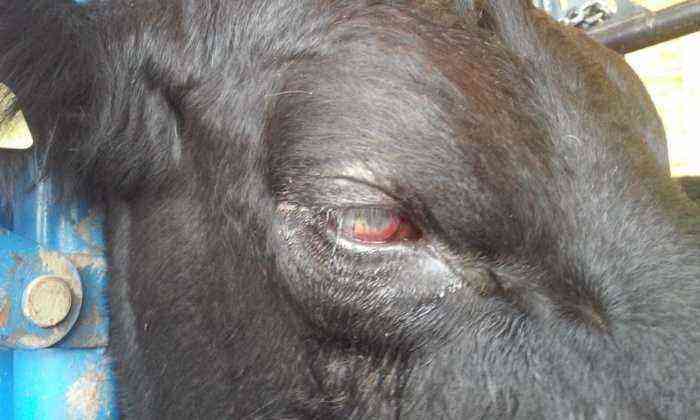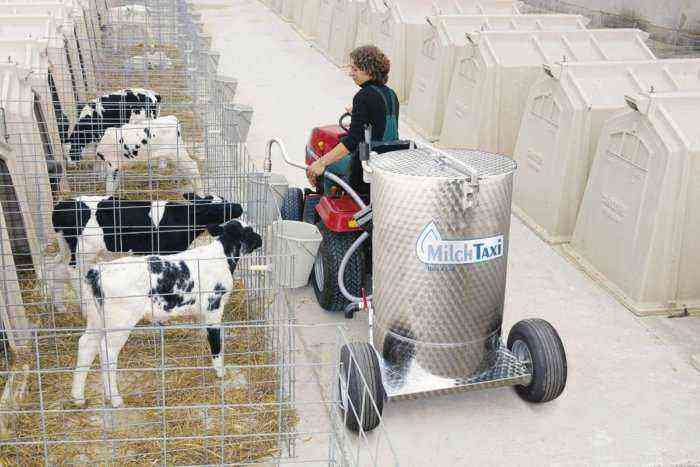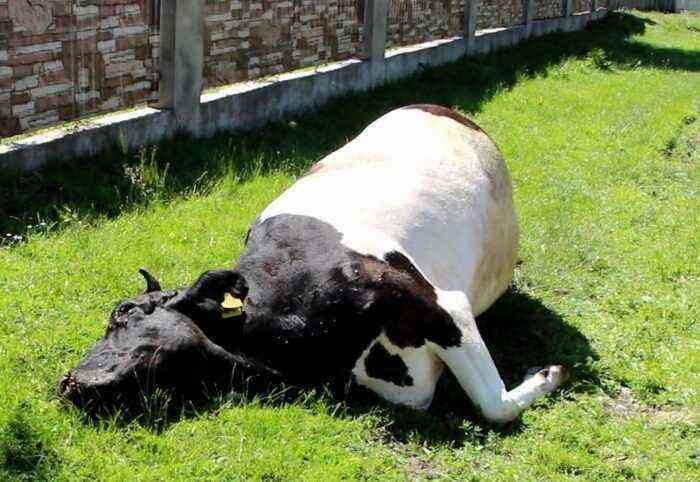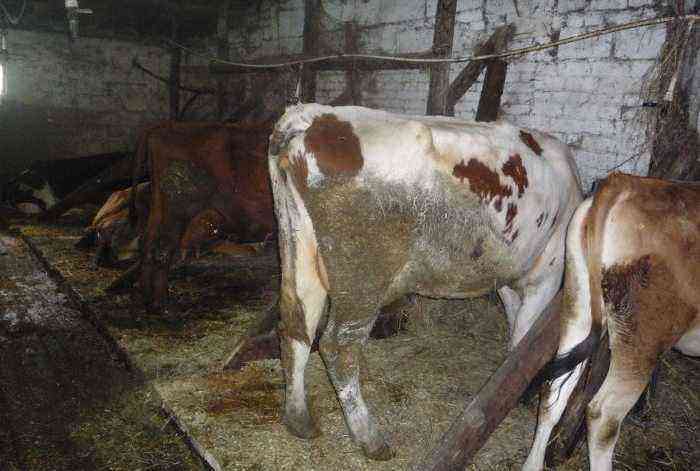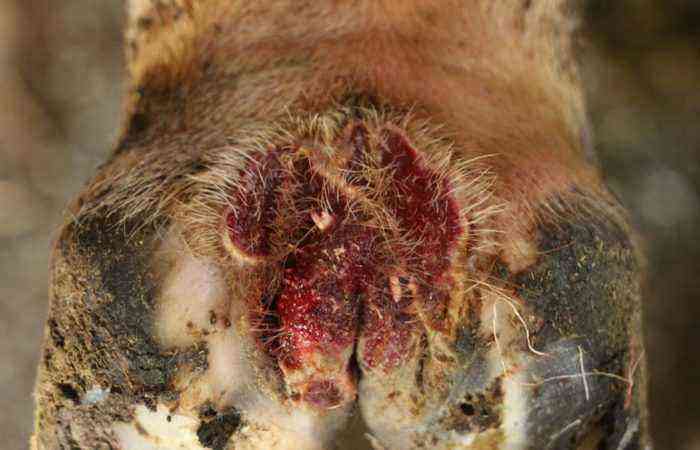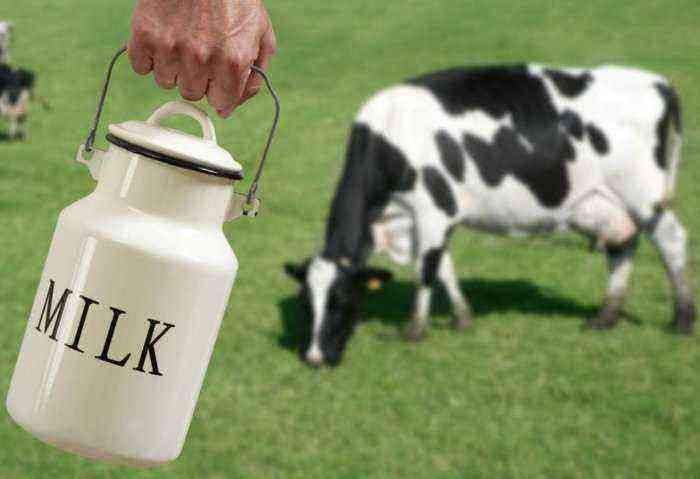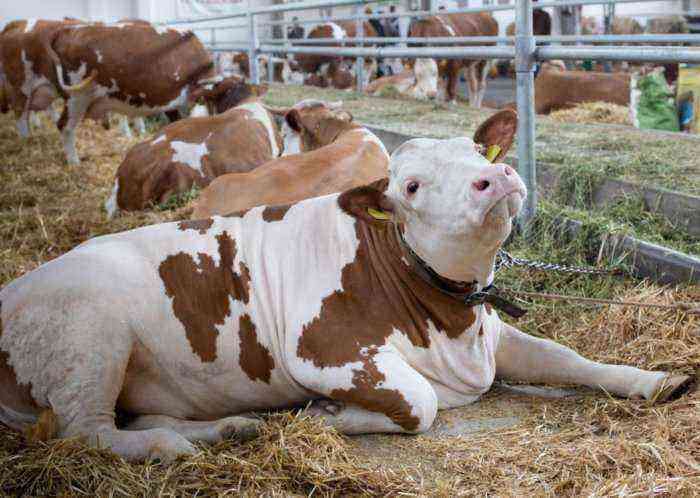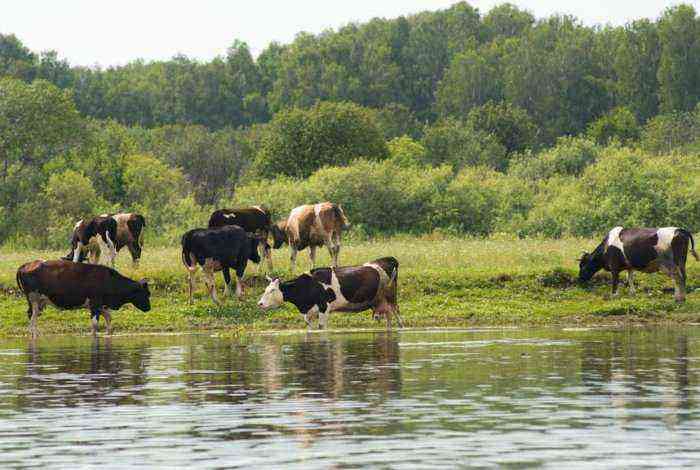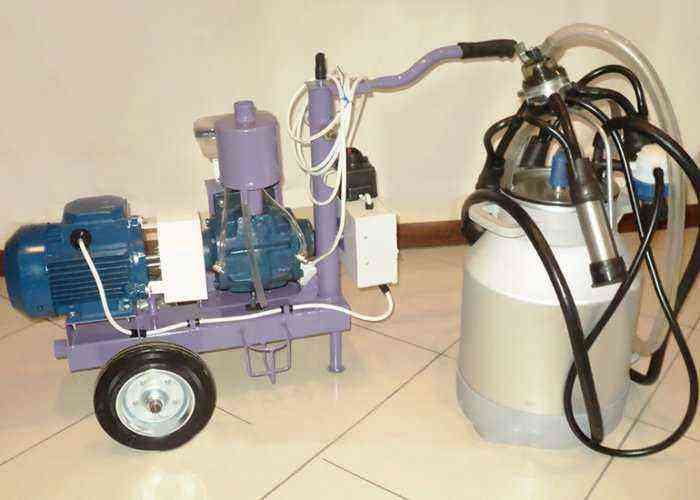The zebu cow is a rarity in the CIS countries. Its main habitat is India, Africa, Iran and Pakistan. The history of this breed line has several thousand years, and during this time it has already managed to become an integral part of Indian agriculture. Such cattle are characterized by unpretentiousness in terms of care, high resistance to diseases, and a calm disposition. And in some regions of Asia, such animals are even considered sacred.
Zebu cow
History of the origin of the breed
To date, there are several varieties of zebu cattle. They are divided by geographic area of habitat. But, despite this, India is considered the birthplace of all zebu cows that exist today. It was here that such cattle was first domesticated by local villagers. Moreover, during this time, the appearance and disposition of the representatives of the breed has changed little.
As for the ancestors of such animals, in this regard, the opinions of all researchers are divided into two main directions. The first camp believes that these are direct relatives of the aurochs, which in ancient times were common in Europe and Asia. Other scientists claim that such living creatures developed as a separate branch and have nothing to do with tours.
The only thing that researchers agree on is that zebu acquired their unusually high resistance to heat already in the process of breed development. And the ancestors of cows felt pretty bad in a hot climate. But such a useful acquired quality made it possible for cattle to spread to the territory of Africa, Asia, Australia, where large populations of animals are easy to meet today.
Reference. During the development of the breed line, it was often crossed with European cattle in order to increase the productivity of animals. And in the middle of the XNUMXth century, this trend was so popular that there were practically no purebred zebu left. But connoisseurs of the breed still managed to restore the livestock population in time.
Description
It is worth noting that the dimensions and individual aspects of the appearance of various subspecies of the breed can vary significantly. Thus, the weight of a pygmy zebu, as a rule, does not exceed 150 kg with a height of 90 cm. This variety was bred by breeders as an ornamental, but it can be quite bred for meat and milk.
Large zebu reach 150 cm at the withers. The mass of bulls can exceed 900 kg. The weight of cows is 600-650 kg.

The main features of the interior of this variety of cattle include:
- strong body with developed muscle mass;
- straight back;
- wide powerful chest;
- there is a large fold of skin on the dewlap;
- the head is in proportion to the body;
- the neck of the animal is long and strong;
- the limbs are well developed and suitable for long passages;
- long and straight horns.
But, of course, the main “highlight” in the appearance of Indian cattle is a large hump on the back. Such a formation can reach a weight of 10 kg. It consists entirely of muscle tissue and fat reserves, which are consumed when there is a shortage of feed.
The skin of living creatures is dark gray or black. From above it is covered with red, white, light gray or variegated short hair. It is worth noting that this combination of colors is not accidental. It provides the animal with reliable protection from the scorching sun.
Productivity characteristic
Traditionally in India, zebu are bred primarily for milk production. An adult individual of large subspecies produces rather small volumes of product per year. On average, her annual milk yield is about 800-1000 kg. In dwarf representatives of the breed, the daily milk yield is 3-3,5 liters. But the low milk productivity of such animals fully pays off with the quality of milk. The proportion of fat in it is 8%. In addition, it also contains a record amount of phosphoric acid.
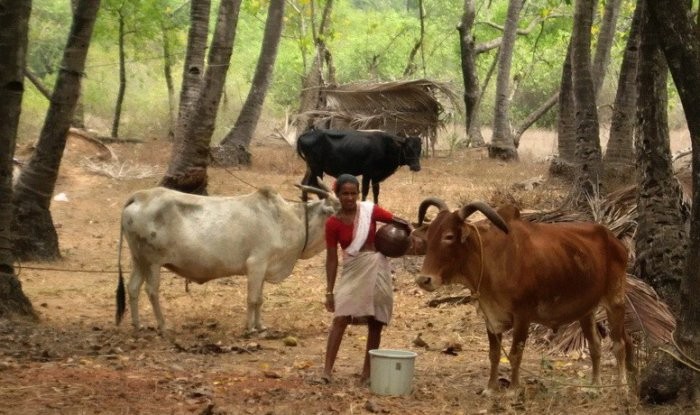
Zebu is traditionally bred for milk in India.
In some other Asian countries, as well as in America, Africa and Australia, such cattle are used to produce beef. For large livestock, the slaughter yield of meat from the carcass reaches 80%. For dwarf individuals, this figure, as a rule, does not exceed 50%. Beef is quite tough and has a fibrous texture.
It is worth noting that in Indian villages, zebu are also used as draft animals. This is facilitated by the high endurance and physical strength of cattle.
If a certain livestock is acquired for breeding a purebred line, then the owner must take into account the following features of the cattle:
- maturation for mating in cows occurs at 45 months (for large subspecies) and at 16 months (for dwarf ones);
- the pregnancy period takes 260-285 days;
- only 1 calf is born in a heifer with a weight of 35 kg (for tall ones), up to 15 kg (for dwarf ones);
- a cow produces offspring no more than once every 1,5-2 years;
- calves from birth can stand on their feet and move freely behind their mother;
- the baby’s scar is fully formed at the age of six months, which allows him to eat grass on his own.
In such cows, the maternal instinct is quite well developed. They independently look after the offspring and protect it.
Advantages and disadvantages of the breed
The list of virtues of zebu cows is quite long. Against the background of other varieties of cattle, they are distinguished by the following features:
- unpretentiousness to conditions of detention;
- high weight gain and milk production even in the case of feeding on sparse vegetation without top dressing;
- calm disposition, thanks to him even a child can easily handle the animal;
- strong immunity to most diseases of cattle, the cause of which is an increased number of leukocytes in the blood;
- easy calving, which in most cases passes without complications and does not require human intervention;
- excellent quality of milk and meat (with appropriate fattening);
- high endurance, thanks to which animals easily withstand long transitions to pastures.
Reference. Separately, it is necessary to highlight the extremely high resistance of such living creatures to hot climatic conditions. This is facilitated by a number of natural defense mechanisms of the animal. His skin is characterized by folding and a large number of sweat glands, due to which there is a more intense heat exchange in the body.
The wool of such cattle is short and does not prevent heat from escaping to the outside. Abundant salivation allows livestock to eat even dry food without the presence of liquid nearby.
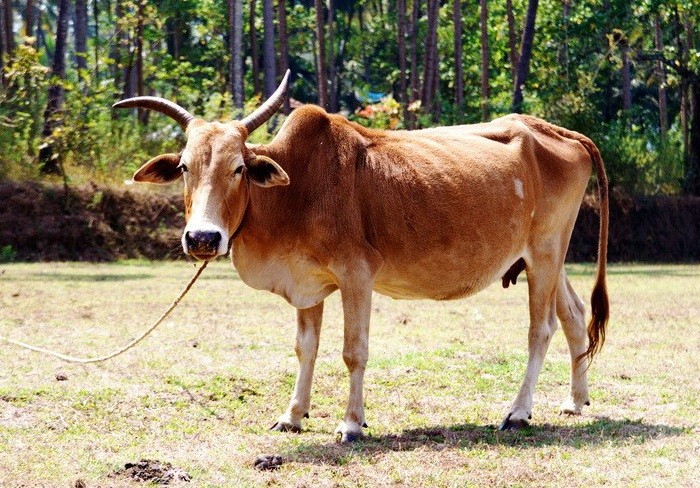
It’s easier for a zebu to pick up a pasture
Thanks to this feature, it is easier for zebu to pick up pasture. For their grazing, there are enough open areas without the presence of shaded areas.
Among the shortcomings of the breed line can be identified:
- slow puberty in large varieties;
- rather low annual milk yields;
- slow weight gain in young animals.
Zebu cows have been used in the villages of India and Madagascar for thousands of years as draft and riding animals, a source of milk for the whole family. In other countries, the meat obtained from such livestock is also valued. As for dwarf varieties, they are often purchased for themselves as pets. All this makes the breed truly unique and definitely worthy of attention.

